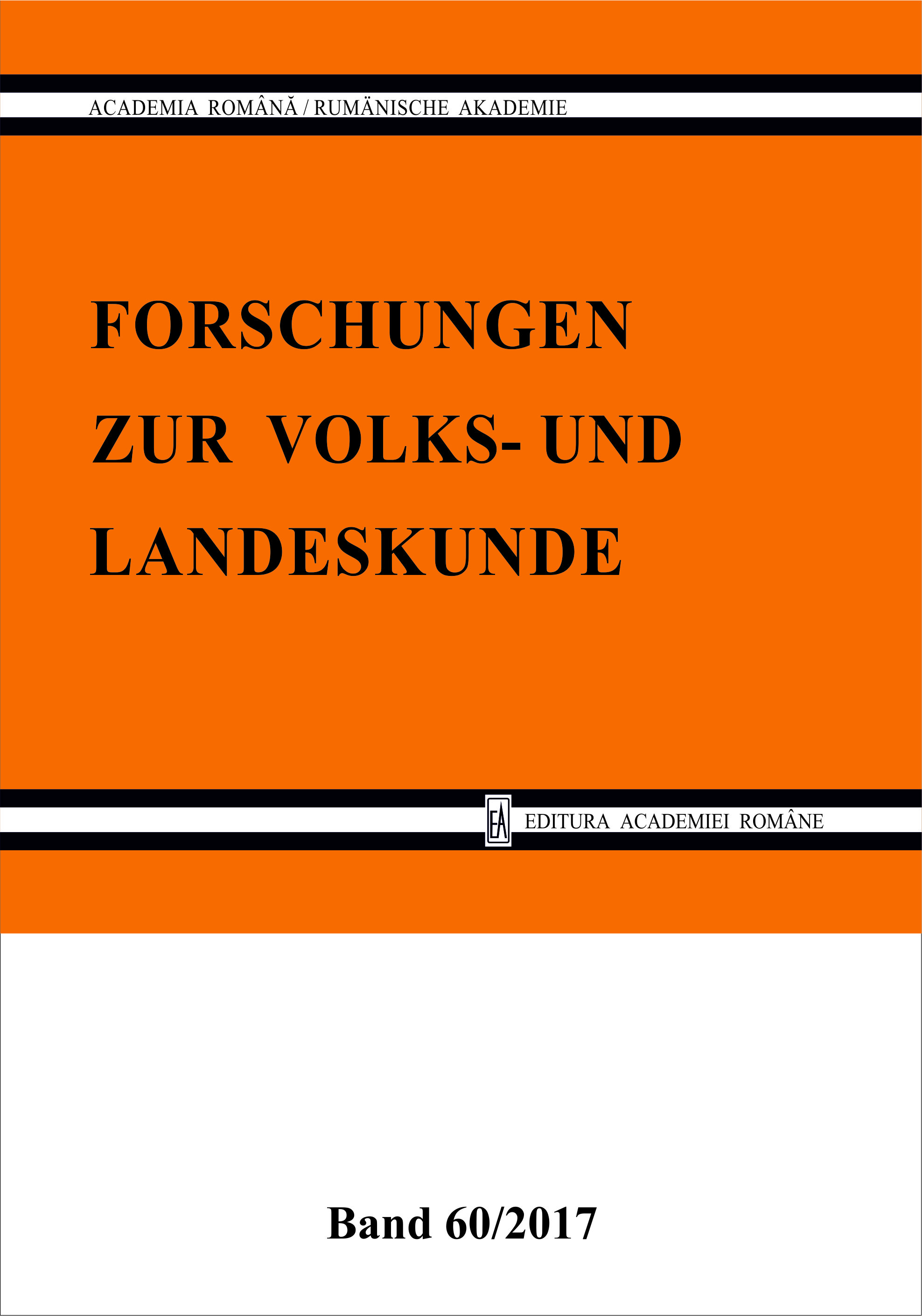Kultus und Kultur
Cult and Culture
Sociolinguistic Aspects of Language Selection in the Religious Sphere Illustrated by Examples of Language Contact in Evangelical Religious Communities (A.C.) in Transylvania/Romania
Author(s): Gerhild-Ingrid RudolfSubject(s): Christian Theology and Religion, Applied Linguistics, Communication studies
Published by: Editura Academiei Române
Keywords: sociolinguistics; language contact; language minority; Evangelical Church A.C. in Romania; church songs.
Summary/Abstract: From the extremely broad field of sociolinguistics that researches the relationship between language and culture, a special phenomenon will be analyzed here: the language selection in a multilingual religious sphere, as a concrete manifestation of the translational turn. Doris Bachmann-Medick writes about the latter: „Nowadays it is no longer possible to ignore how necessary the processes of cultural translation and their analysis have become – whether for cultural contact, interreligious relations and conflicts, for integration strategies of multicultural societies. [...].“ (translation G.R.) (Bachmann-Medick 2010: 238). The interdependence between cultural and linguistic transformations is illustrated based on the situation of the ethnic and confessional minority of German Lutherans in Transylvania. Due to extensive migration processes, this historical community has shrunk by 90 percent in the last 25 years, so that the Evangelical Church A.C. in Romania counts presently only about 12.400 members altogether. One of the consequences of this shrinkage is an intensification of the transcultural phenomena (such as language contact and cultural transfer) that occur during and through the interaction of different groups in contact areas, in our case, by means of a greater opening of the minority community to the majority cultural environment that surrounds it. Considering the demolinguistic change, the congregations, led by the priests and parish councils, should adopt a language policy. As a specific example, the translation of church songs (hymns) will be concisely discussed. Within the evangelical church communities C.A. in Transilvania there is a clear tendency of the German-speaking parishioners to linguistically adapt to the Romanian-speaking participants and visitors, even if, in this milieu, the latter are a minority. The long-term outcome of this situation might be a cultural hybridization. The two linguistic and cultural communities that meet within a cultic framework influence each other.
Journal: Forschungen zur Volks- und Landeskunde
- Issue Year: 2017
- Issue No: 60
- Page Range: 127-137
- Page Count: 11
- Language: German
- Content File-PDF

